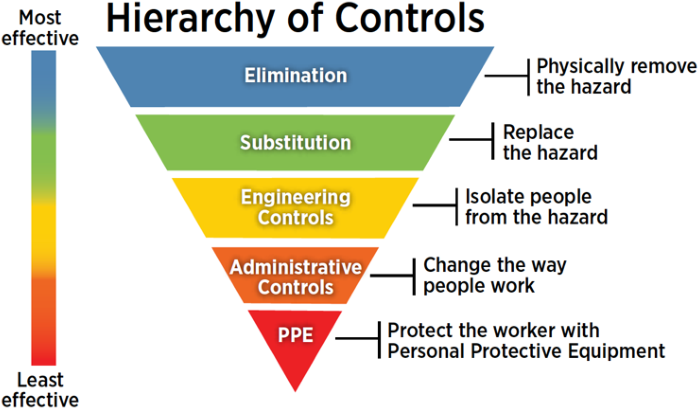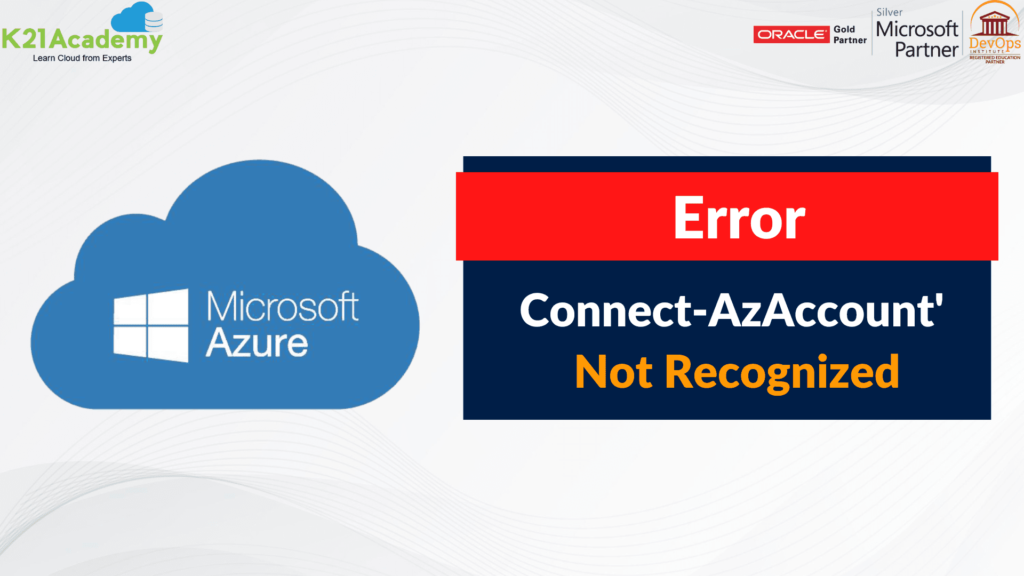Managing Residual Hazards: Essential Safety Practices for Risk Reduction

The risk is left over after efforts have been made to identify and reduce some or all risk types is known as residual risk. One should consider residual risk for several reasons. The risk left over after procedure enhancements and security measures have been implemented is known as residual risk and it should be taken into account first. What are residual hazards? The necessity of including a residual hazards section in the health and safety manual has grown since 2007 CDM. This is especially confounding to some subcontractors since it looks a much like the risk assessment they have to do before they begin work in April 29, 2010 Which residual hazards are appropriate to mention in the O&M and Handover Health and Safety manuals? Since 2007 CDM necessity of including a residual hazards section in the safety and health manual has grown. The fact that this seems to be quite similar to the risk assessment that they must complete before beginning work causes some subcontractors great confusion. Different Residual Hazard Types There are several different kinds of residual hazards that might still provide a danger after the design stage. Environmental risks are a typical form of risk that may not be completely eradicated by basic precautions, such as pollution or contamination. Human error related risks are a different kind of danger when safety precautions are taken yet faults in operations or processes might still result in accidents.Another important class of residual hazards is mechanical risks which include things like defective equipment or malfunctioning machinerythat might cause harm if not adequately supervised. Another issue is chemical risks which can expose people to dangerous materials even after precautions have been taken.Furthermore the health of employees might still be impacted by ergonomic risks associated with repeated jobs or poorly designed workstations. Examples of Residual Hazards in Different Industries Different sectors may have residual hazards, which provide dangers that were not previously taken into account during the design phase. Inadequate communication between contractors and subcontractors in the construction sector can result in safety lapses, such inappropriate equipment usage or unfinished scaffolding inspections. In healthcare settings, patients may be at risk of pharmaceutical mistakes either from imprecise communication between staff members or from difficult-to-read handwritten prescriptions. The industrial sector is nevertheless vulnerable to risks arising from maintenance errors or human mistake that cause equipment to malfunction. Moreover, there are still risks in the transportation industry from things like insufficient safety regulations or driver training programs. In each of these several businesses, it is crucial to identify and reduce lingering risks. Architectural Residual Hazard Location Working at Height Glass Panels in Facade Glass Breakages Bowl side Glazing Falls from Height Decorating Walls and Ceilings How do we classify hazards? No matter where you work or what industry you’re in, workplace hazards can be divided into seven categories that can make them easier to mitigate and help you stay organized as you address them. No matter what threats your team faces, they fall into one of the following categories. Here is how to identify and mitigate them. What are the 7 most common workplace hazards? The 7 most common workplace hazards are: Residual risk Residual risk is the level of risk, danger associated with an action, event after natural or inherent risk has reduced by risk management. The general formula for calculating residual risk is: Residual risk=(inherent risk)-(impact of risk controls) Here, the general concept of risk is (Threat × Vulnerability), or (Severity × Probability). An example of residual risk is the use of seat belts in cars. Wearing and using seat belts reduces the overall severity and chance of injury in a car accident. However there is still a chance of injury when using them H. Residual risk. In an economic context residual means the amount remaining at the end of the process. It’s the remainder. In the property rights model shareholders bear the residual risks and therefore the residual benefits. FAQS What are examples of all hazards? The term all hazards refers to both natural and man-made disasters and could be What does the term hazard mean? Definitions of hazards A hazardous material, human behaviour, occurrence, or state is referred to as a hazard. It might result in death, serious injury or severe health effects, destruction of property, loss of services and livelihoods, disturbance of the social and economic order, or harm to the environment. What are the different hazard classifications? What are the three main hazards? The Hazards are recognize as a part of a hazard analysis and rated according to their probability of occurrence and the severity they can lead to illness or injury. All hazards are evaluated and classified into three groups biological hazards, chemical hazards and physical hazards. What are 10 examples of physical hazards? Physical hazards include slips, trips, falls, electricity, noise, vibration, radiation, heat, cold and fire. What are the most common hazards? Being aware of hazards in your home is the first step to avoiding them. The most common household hazards include fire, poisoning and allergies. House fitting can also pose hazards such as falls, choking, cuts and burns. What are some examples of hazards? Health hazards include chemical hazards solvents, glues, paints, toxic dusts etc., physical hazards noise, radiation, heat etc., biological hazards infectious diseases ergonomic risk factors heavy lifting repetitive motions and vibration. What is residual disaster risk? Residual risk is disaster risk that persists despite effective disaster prevention measures and requires maintaining emergency response and recovery capabilities. Conclusion HSE identifies hazards and risks that remain after the design process. In other words can be defined as not designed.
What is AZAccount?

An AZaccount, or an Azure Account, is also a user account that allows a user access to Microsoft’s Azure services. Azure accounts are used for both administration and acquisition of resources in the Microsoft environment. This connection enables users to harness a huge Azure ecosystem of compute, network, database, and analysis services. Key features of an Azure account: Unified Management: This environment is created and run from a single, centralized service portal to manage resources, deploy applications, and monitor performance. Scalability: Use some services that may be developed depending on the client’s requirements. Security: Incorporate the other security features that are readily available in Azure, some of which are, security and identity, as well as data encryption. Integration: Currently it links well with other Microsoft products and other third-party services. Connecting to an AZAccount: The following is a detailed procedure as a guide to the process of undertaking a successful SWOT analysis. Logging into your Azure comes with several stages, depending on the portal involved, Azure CLI, or PowerShell. Here’s a comprehensive guide to each method: Here’s a comprehensive guide to each method: 1. Azure Application Gateway with Portal The Azure Portal is one of the modules of the Azure suite; it is an online interface through which a graphical view of the resources created in Azure can be attained. Steps: Open Your Browser: Open the web browser of your choice. Navigate to the Azure Portal: Type www.azure.com. Sign In: Log in to our Azure account. If you do not have an account, you can even create the account right from the portal. Two-Factor Authentication (If Enabled): If the given account has enabled two-factor authentication, then the user has to complete the other security steps involved with the process. Access Your Dashboard: Once you are logged in then you will be redirected to the Azure Dashboard, where the user can manage his or her resources and services. 2. Connecting Using Azure CLI Azure CLI is a utility application used to manage the resources in the Azure environment via commands. Prerequisites: Install Azure CLI: The first step that you are required to follow is to download and then install Azure CLI from the Azure CLI installation guide. Command Line Interface: Make sure you have access to the terminal application like cmd for Windows OS or Terminal for macOS/Ubuntu. Steps: Open CLI: Open your terminal if you are using the Linux operating system or a command prompt if you are a Windows user. Log In: The best first step is to run the command az login. This will open the web browser and you will be prompted to sign in. Authenticate: With this browser client, you sign in with your Azure account credentials. Continue with the prompts to finish the authentication. Verify Connection: To ensure that you are connected, run the following command: az account show This command will provide information about your current Azure subscription and account. 3. Connecting Using Azure PowerShell Azure PowerShell is a collection of cmdlets for managing Azure resources from PowerShell itself. Prerequisites: Install Azure PowerShell: On a PowerShell, install the Azure PowerShell module. You can use the installation instructions that are provided in the Azure PowerShell installation guide. Steps: Open PowerShell: Start PowerShell on your computer. Import-Module: To do this, run: stars: require “azure module loaded” Import-Module Az Log In: Use the command Connect-AzAccount to make the connection to the account. Connect-AzAccount Authenticate: You will be asked to log into the account. Sign in to Azure and provide your credentials; if there is an MFA, you will need to complete it. Verify Connection: As part of confirmation, you should use the following: Get-AzContext This will display basic details of the current Azure subscription and the context in which you are working in. Troubleshooting Common Connection Issues Again, logging on to your Azure account may be quite interesting, though it can sometimes prove to be a bit tricky. Here’s how to troubleshoot some common issues: Here’s how to troubleshoot some common issues: 1. Authentication Errors Issue: => I cannot enter the account or get an authentication message. Solution: Check into a couple of things where, did you use the correct credentials in the right format and does your account have the right permissions? Two-factor authentication (2FA) is frequently enabled; ensure you participate in the further steps to verify the account. 2. Network Connectivity Issues Issue: This means you can fail to access Azure services or there are connectivity issues with the applications. Solution: Make sure your computer is connected to the Internet and that there are no settings in the firewall that block it. Please, make sure the network through which you access the Internet enables making connections to Azure endpoints. 3. Subscription or Permission Issues Issue: Facing issues that revolve around subscriptions and permission errors. Solution: Check that the subscription in Azure is enabled and confirm that you have permission to make changes to the resources you are working with. Frequently Asked Questions 1. How do Azure Portal, Azure CLI, and Azure PowerShell differ from one another? Azure Portal: An application that provides a graphical front-end on a web browser for the management of Azure resources. Azure CLI: A utility that can be used to interact with an instance of Azure using command-line operations. Azure PowerShell: A collection of commands for working with Azure resources by PowerShell scripts. 2. Can I use Azure CLI and Azure PowerShell simultaneously? You can use Azure CLI & Azure PowerShell side by side on the same machine. They are free-standing and can be utilized depending on the individual’s desire or depending on the circumstances that prevail. 3. What can you do to comprehend multiple subscriptions in Azure? Customers also have the flexibility of subscribing to multiple subscriptions through the use of Azure CLI or Azure PowerShell. If working in Azure CLI, then you can use the command ‘az account set –-subscription “Subscription Name”. In PowerShell, to change the subscription, use the command Set-AzContext -Subscription “Subscription Name.”. 4. What measures
